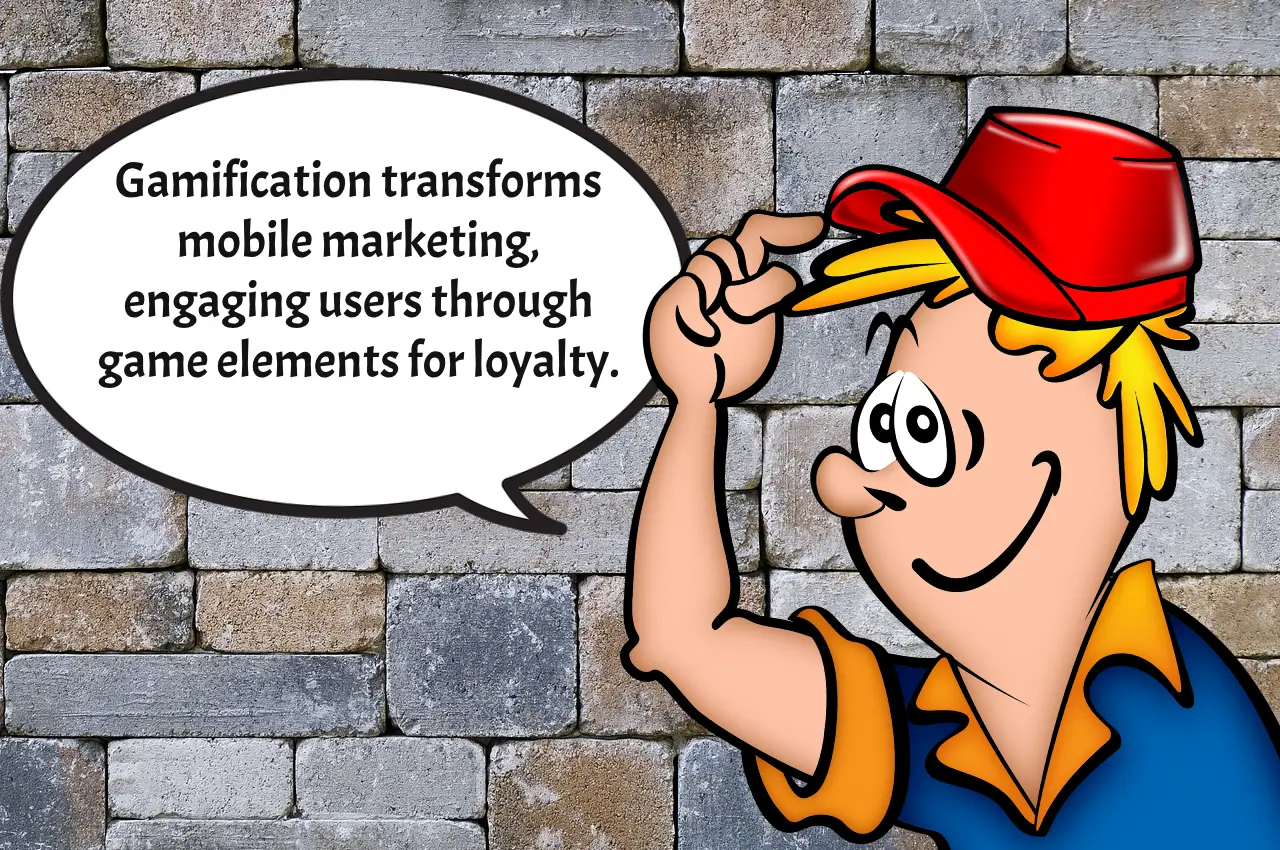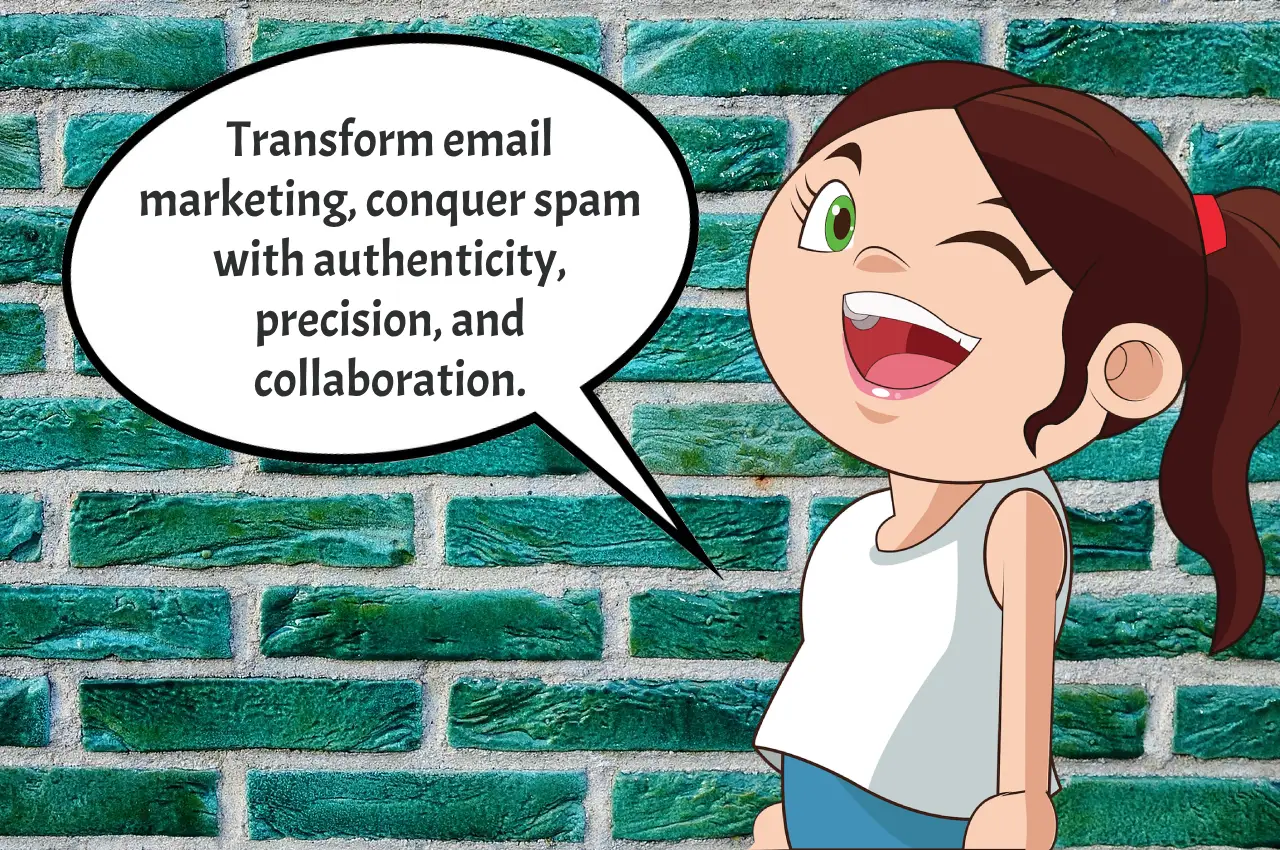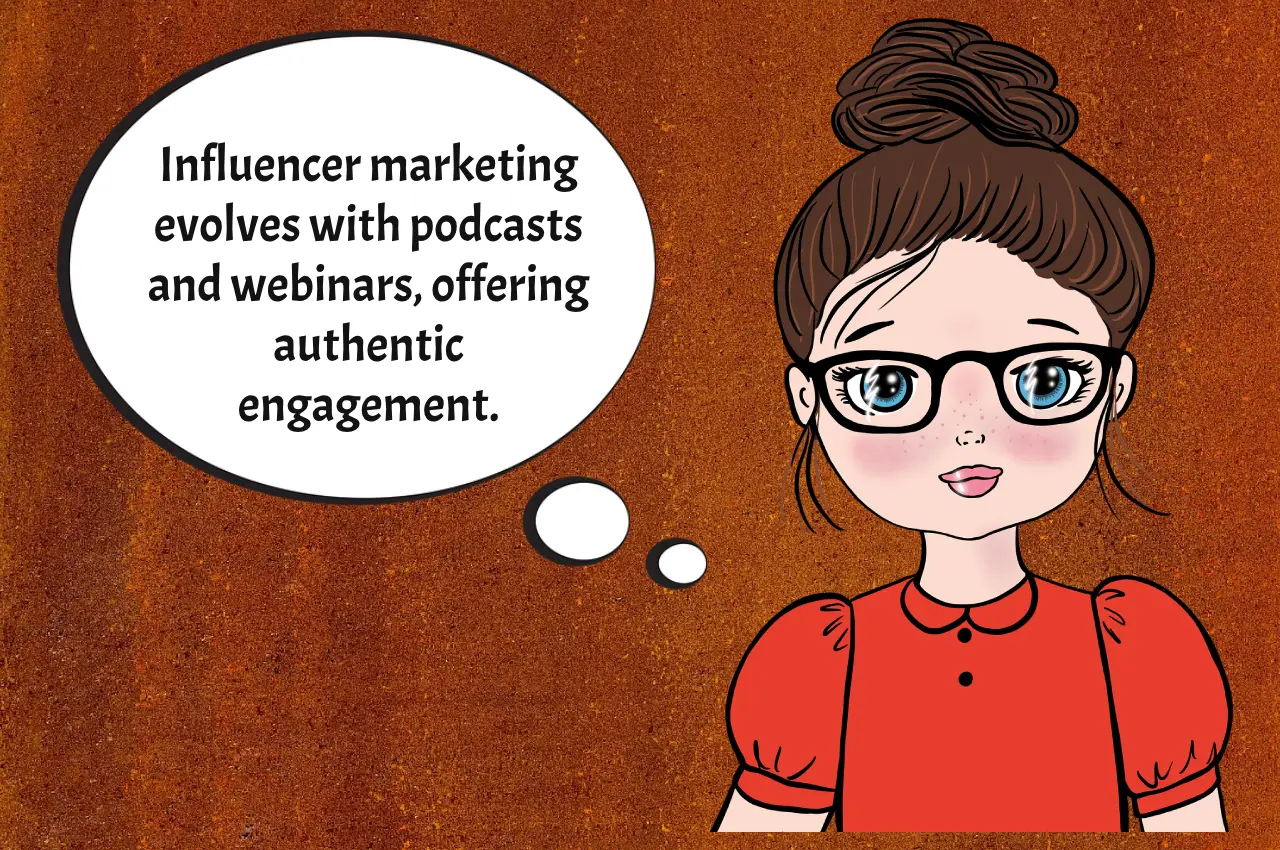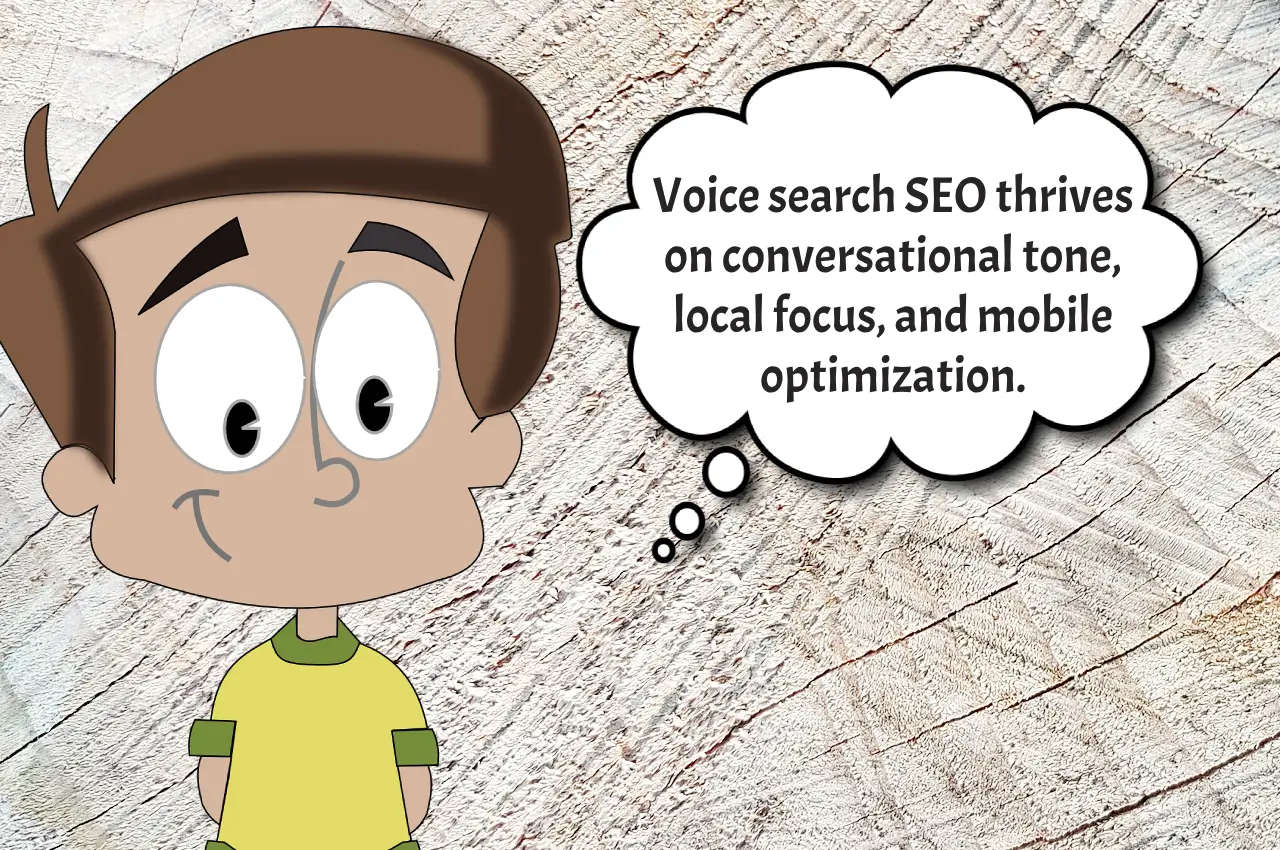In the digital era, where mobile devices are omnipresent, capturing the attention of consumers has become increasingly challenging. Gamification in mobile marketing emerges as a beacon of hope, offering an inventive way to elevate user engagement and brand interaction. It’s not just about adding a layer of entertainment; it’s about strategically integrating game mechanics into marketing efforts to create a more dynamic and engaging user experience.
What is Gamification in Mobile Marketing?
Gamification in mobile marketing involves applying game design elements in non-game contexts. It transforms traditional marketing approaches into more engaging, interactive experiences. This method goes beyond conventional advertising, turning passive audiences into active participants.
The Psychology Behind Gamification
Why does gamification resonate so deeply with users? The answer lies in our inherent love for games. Games stimulate our brains, trigger emotional responses, and often fulfill our desires for achievement and recognition. By leveraging these psychological principles, gamification can significantly enhance user engagement and brand loyalty.
The Impact of Gamification: A Closer Look
The impact of gamification in marketing is profound. It can lead to higher levels of user engagement, increased brand loyalty, and can even influence consumer behavior. Gamification encourages users to interact more frequently with a brand, fostering a deeper connection and engagement.
Case Study: Starbucks Rewards
Consider the Starbucks Rewards app, a prime example of successful gamification. Users earn points (stars) with every purchase, which they can exchange for free drinks and other perks. This system not only encourages repeat purchases but also enhances customer loyalty and engagement.
Key Elements of Effective Gamification
Points and Scoring: Points serve as a quantifiable measure of achievement, driving users to engage more to accumulate them.
Badges and Achievements: These visual representations of accomplishments create a sense of progress and achievement.
Leaderboards: Incorporating a competitive angle, leaderboards foster a community atmosphere and encourage users to engage more.
Challenges and Quests: They add an element of excitement and adventure, transforming routine tasks into engaging activities.
Rewards and Incentives: Tangible rewards or incentives significantly increase participation and engagement rates.
Best Practices in Gamification Strategy
Start with Clear Objectives
Define what you want to achieve with gamification. Clear objectives guide the design and implementation of your gamification strategy.
Understand Your Audience
A deep understanding of your target audience is crucial. Tailor your gamification elements to their preferences and behaviors.
Simplicity is Key
Complex gamification can overwhelm users. Keep your gamification elements simple and intuitive.
Add Value
Ensure that your gamification strategy adds value to the user experience. It should complement, not complicate, the user’s interaction with your brand.
Measure, Learn, and Iterate
Continuously monitor the performance of your gamification elements. Use data and feedback to refine and improve your strategy.
Real-World Examples of Gamification Success
Duolingo: This language-learning app has successfully gamified education, making learning a new language fun and addictive.
Nike Run Club: By integrating challenges, achievements, and social sharing, Nike’s app motivates users to stay active and engaged.
Navigating Challenges in Gamification
While gamification has many benefits, it’s not without its challenges. Over-gamification can lead to user fatigue or distract from the core value of the product or service. It’s essential to find the right balance.
The Evolving Landscape of Gamification
Gamification in mobile marketing is continually evolving. With advancements in AI and augmented reality, the future of gamification looks promising, offering even more immersive and personalized experiences.
Unlocking the Potential of Gamification
Gamification represents a significant shift in mobile marketing, moving towards more interactive and engaging user experiences. By effectively leveraging game mechanics, marketers can create more meaningful connections with their audience, leading to enhanced brand loyalty and better business outcomes.
Now it’s your turn. How have you seen gamification in mobile marketing change the landscape? Have you implemented any gamification strategies in your campaigns? Let’s discuss in the comments below. Share your insights, experiences, or any questions you might have, and let’s collaborate to master the art of gamification in marketing!





